By Ann Bowers
What is project-based learning and what are its advantages?
Project-based learning is a framework for [tag-ice]learning[/tag-ice] that uses an inquiry approach to answering questions about complex subjects and issues that are meaningful to students. Project-based learning is not used for learning easy, factual information. It is a way of investigating issues and achieving understanding through interaction with real life activities. This approach to learning encompasses activities that are long-term, student relevant, and interdisciplinary. Students often collaborate together on the activities. They also use technology to research questions and/or demonstrate their knowledge through presentations. Project-based learning helps students learn to motivate themselves, work independently, think critically, obtain deeper knowledge and better research skills, improve their memories, become socially responsible, and develop better self-esteem and a love of learning. Students take the skills they learn through project-based learning and apply them to other problems.
Project-based learning is constructivist in that [tag-tec]students[/tag-tec] take the responsibility for what they learn and, to some extent, how they learn it. Many school systems have raised test scores by implementing project-based learning, which children enjoy and which raises self-esteem. Many students who are not confident or whose skills are limited can succeed in school with project-based learning. A related approach, problem-based learning, is similar; however, problem-based learning gives students specific problems to solve, rather than having them define their own problems to be solved.
What constitutes a good project-based learning experience?
A good project-based learning experience has:
1. A question or issue that is real and relevant to the students. The questions and issues should be decided upon by the students, after brainstorming ideas, discussion, and review of personal experiences. The key questions are “What do we want to know?” “What do we already know?” and “What do we need to know?” Questions that are belief-based, opinion-based, or are too personal should be avoided. The questions should be answerable by research and experimentation. The question and activities should be age-appropriate.
2. The use of technology. Use of the computer for research and presentation is recommended. Students should decide “What kinds of resources will help us?” “Where will we find the resources we need?” Such resources include: books, people, information on the Internet, experiments, activities, and television programs.
3. Student-directed learning. The students should decide the activities in which they will participate. Also, participants should decide on the group size, methods of research, length of the project, the subject areas to explore, and the objectives of the project. The students also need to state hypotheses, based on the questions they’ve developed.
4. Collaboration. Project-based learning works best if students work in groups. Students must also determine if the information they collect is valid. This may be done by teaching them how to collect information from more than one source and evaluate the worth of the sources they have used.
5. Multi-disciplinary content. The questions and issues should focus on more than one subject area (i.e.; language arts, mathematics, science, social science, and the arts).
6. A long-term project length. The project term should be at least three weeks long. This includes fieldwork, discussions with experts, research, experimenting, reading, writing, drawing, and computing.
7. An action, presentation, or artifact as a result of research. At the end of the project, an action needs to happen, artifacts need to be catalogued, and a presentation of the project and its results needs to take place. The presentation should be a description of what took place during the project, the results, and an evaluation of the process.
Bio for Ann Bowers
Ann Bowers has been an elementary school teacher, in kindergarten through 8th grade, for 20 years. She was a Bilingual Education Grant Project Coordinator for seven years and a school principal for seven. She has a B.A. in English, an M.A. in Education, and holds California Life Teaching Credentials and specialist credentials in Remedial Reading and Teaching English as a Second Language. She is retired and has started a second career as a freelance writer.
No part of this article may be copied or reproduced in any form without the express permission of More4Kids Inc © 2006
Posting Search Tags: education homeschooling

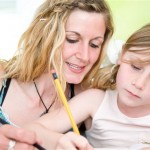

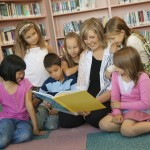

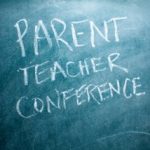
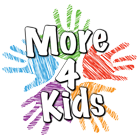

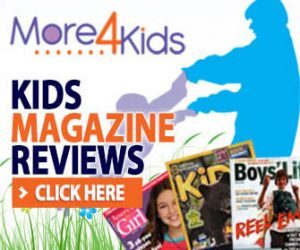
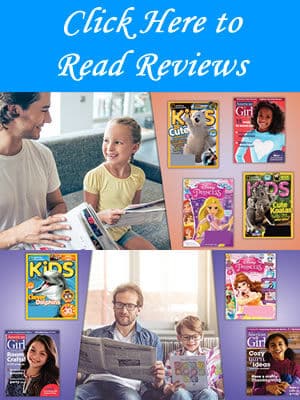
Add Comment